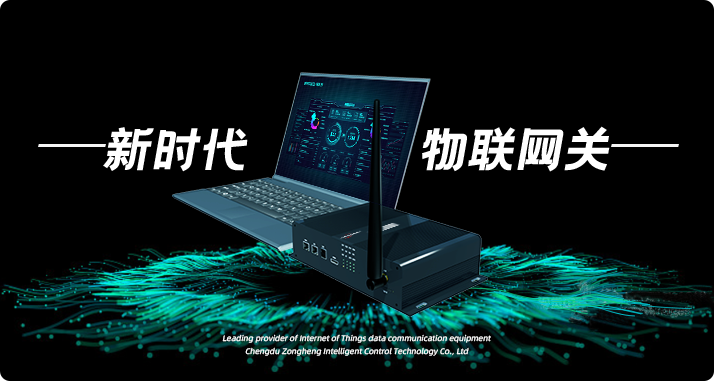Edge gateway and edge server are two commonly used concepts in edge computing. They are different in function and positioning. You may not be able to distinguish them well. Here we will give you a good explanation of the difference between gateway edge and edge server. Edge What edge service functions can the gateway provide ?

Gateway di bordo refers to a device located at the edge of an edge computing network. It is usually located at the last mile or last mile edge node. As an intermediate node, the edge gateway connects terminal devices and cloud servers, providing a fast, secure and reliable communication method by collecting and forwarding data. The main function of the edge gateway is to transmit data from the terminal device to the cloud. It can also transmit data from the cloud to the terminal device to achieve two-way communication. The edge gateway has strong computing and storage capabilities, can process and analyze data, and can also provide some edge service functions.
Edge Server refers to the server device located at the edge of the edge computing network, which is usually located at the back end of the edge gateway. Edge servers are mainly used to process and store data in edge computing networks and provide some edge service functions. Edge servers have high computing and storage capabilities and can process, analyze and store data. They can also provide some applications and services, such as video stream distribution, content caching, real-time data analysis, etc.
Gateway di bordo and edge servers overlap in functionality, but edge gateways focus more on data transmission and communication, while edge servers focus more on data processing and storage. Edge gateways are usually located at the edge of the network and are closely connected to terminal devices to connect and transmit data. The edge server is located at the back end of the edge gateway, responsible for processing and storing data in the edge computing network, and providing some edge service functions to provide efficient data interaction between terminal devices and cloud servers.
The edge service functions provided by the edge gateway include but are not limited to:
1. Data collection and transmission: The edge gateway can collect data from terminal devices and transmit it to the cloud server for further processing and analysis.
2. Local data processing: Edge gateways can perform data processing and analysis to a certain extent, reducing dependence on cloud servers and improving data processing efficiency and real-time performance.
3. Security enhancement: Edge gateways can enhance data security through data encryption, access control and other measures to protect data from unauthorized access and tampering.
4. Edge computing collaboration: Edge gateways can work collaboratively with other edge devices and edge servers to jointly complete data processing and analysis tasks, improving the performance and efficiency of the entire edge computing system.
5. Edge sensing and decision-making: The edge gateway can sense and make decisions based on the status and environmental information of the terminal device, and implement some automated or intelligent functions, such as smart homes, smart transportation, etc.
To sum up, the edge gateway is an intermediate node connecting the terminal device and the cloud server, which mainly provides data transmission and communication functions; while the edge server is the computing and storage node in the edge computing system, which mainly provides data processing and storage functions. And provide some edge service functions. Together they form the edge computing infrastructure, providing convenience and efficiency for data interaction between terminal devices and cloud servers.